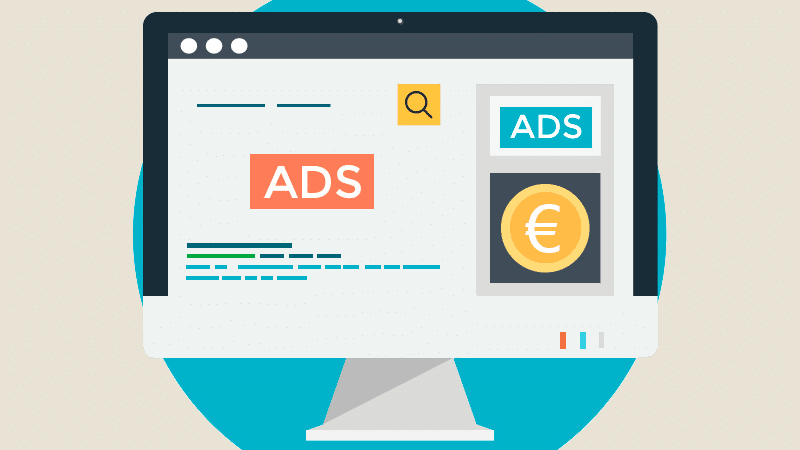How to Practice Website Design: Tips and Tools for Beginners

Introduction
Mastering website design takes time, creativity, and consistent practice. Whether you're an aspiring web designer or looking to improve your skills, practicing website design is essential to build a strong foundation. This article provides practical tips, tools, and exercises to help you refine your design skills and create stunning websites.
1. Why Practice Is Important in Website Design
Website design is a combination of creativity, technical knowledge, and user experience principles. Practicing regularly allows you to:
- Improve your design techniques.
- Stay updated with the latest trends and technologies.
- Build confidence in using tools like Figma, Adobe XD, and WordPress.
- Develop problem-solving skills for real-world projects.
2. Tools to Get Started with Website Design Practice
Before diving into practice, equip yourself with the right tools. Here are some popular options:
Figma: Ideal for creating wireframes and prototypes, Figma is beginner-friendly and collaborative.
Adobe XD: Known for its prototyping features, Adobe XD helps you visualize and test your designs.
WordPress: A great platform to practice building websites with pre-designed templates and customizations.
Webflow: A no-code platform that allows you to design and develop websites simultaneously.
Canva: Perfect for creating visual elements like logos, banners, and icons for your website.
3. Practical Exercises to Improve Your Website Design Skills
Redesign Existing Websites: Pick an outdated or poorly designed website and give it a modern makeover. Focus on improving layout, color schemes, and navigation.
Create Wireframes: Practice building wireframes for different types of websites, such as e-commerce, blogs, and portfolios. This helps you understand the structure and flow of websites.
Design Landing Pages: Landing pages are a crucial part of website design. Try creating visually appealing and functional landing pages that align with specific goals, like lead generation or sales.
Learn Responsive Design: Practice creating layouts that adapt to different screen sizes. Test your designs on desktops, tablets, and smartphones.
Work on Side Projects: Create mock websites for fictional businesses or personal portfolios. This is an excellent way to experiment with new ideas and build a portfolio.
4. Learn from Real-World Examples
Study well-designed websites to understand what makes them successful. Pay attention to elements like typography, color harmony, and user experience. Websites like Dribbble, Behance, and Awwwards showcase inspiring designs that can help spark creativity.
5. Join Design Communities and Seek Feedback
Joining communities like Reddit’s web design forums, Discord design groups, or LinkedIn communities can help you connect with other designers. Share your work to receive constructive feedback and learn from others’ experiences.
6. Stay Updated with Trends and Best Practices
Website design evolves rapidly. Stay informed about the latest trends, such as dark mode, minimalism, and interactive animations. Also, familiarize yourself with best practices for accessibility and usability to create inclusive designs.
7. Use Free Resources for Continuous Learning
Take advantage of free tutorials, courses, and resources available online. Websites like YouTube, Codecademy, and freeCodeCamp offer tutorials that cover everything from basic HTML to advanced design principles.
8. Track Your Progress and Build a Portfolio
As you practice, document your work and improvements. Create a portfolio to showcase your best designs and track your growth. This not only helps you see how far you’ve come but also demonstrates your skills to potential clients or employers.
Conclusion
Practicing website design is the key to honing your skills and building a successful career in the field. By using the right tools, engaging in practical exercises, and staying updated with industry trends, you can consistently improve and create impactful designs. Whether you’re redesigning existing websites or creating wireframes for fictional projects, each practice session brings you closer to mastering the art of website design.




